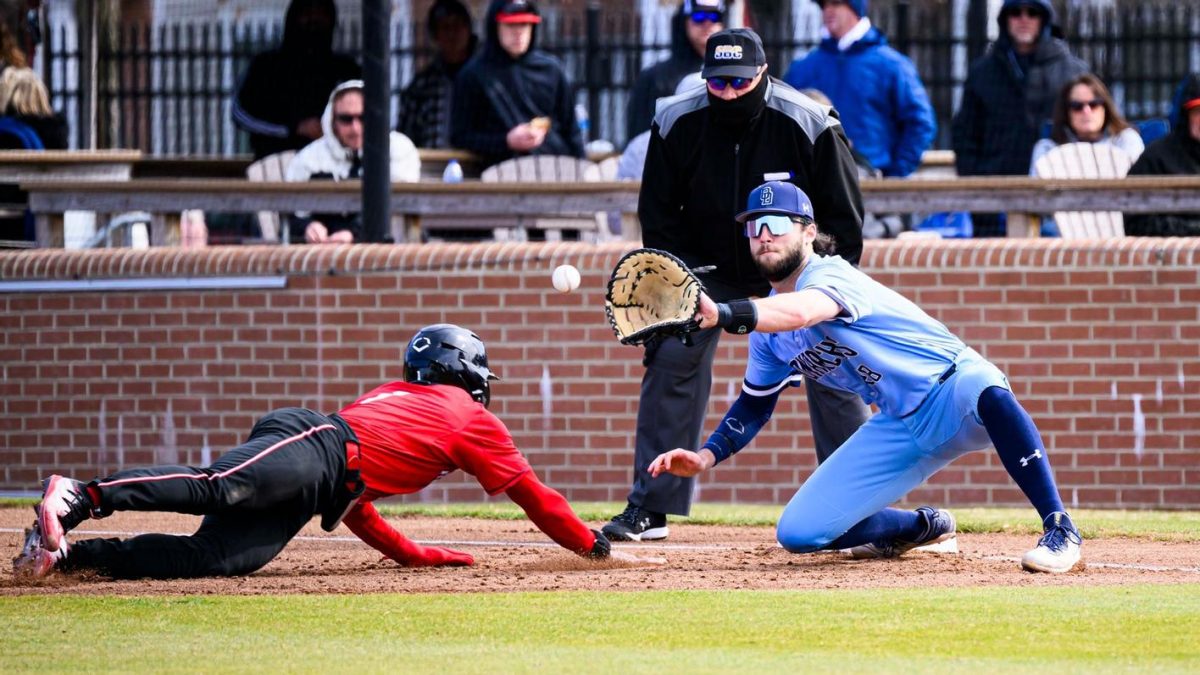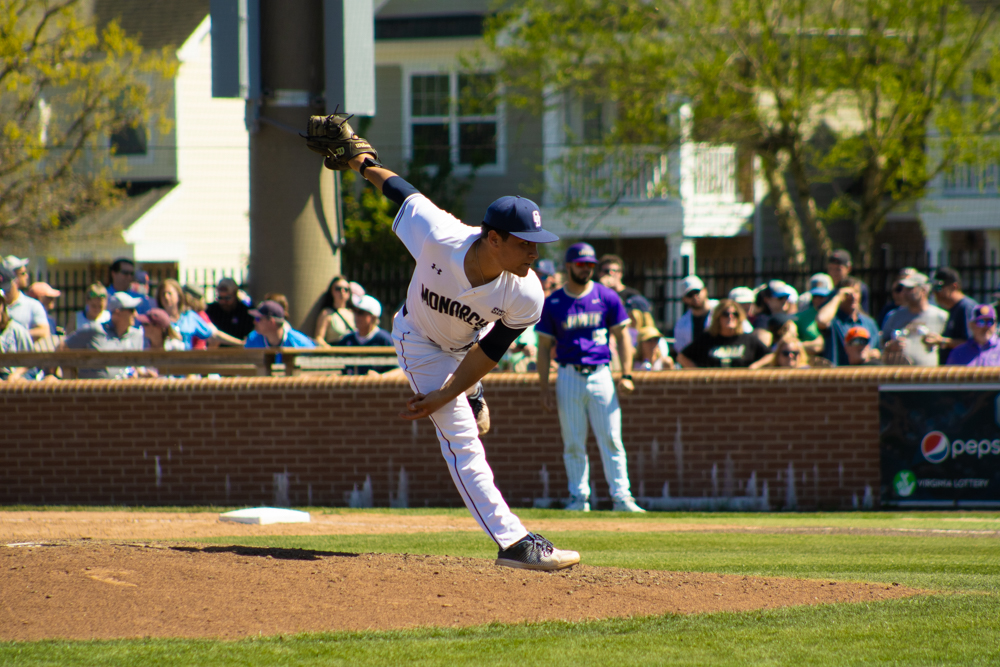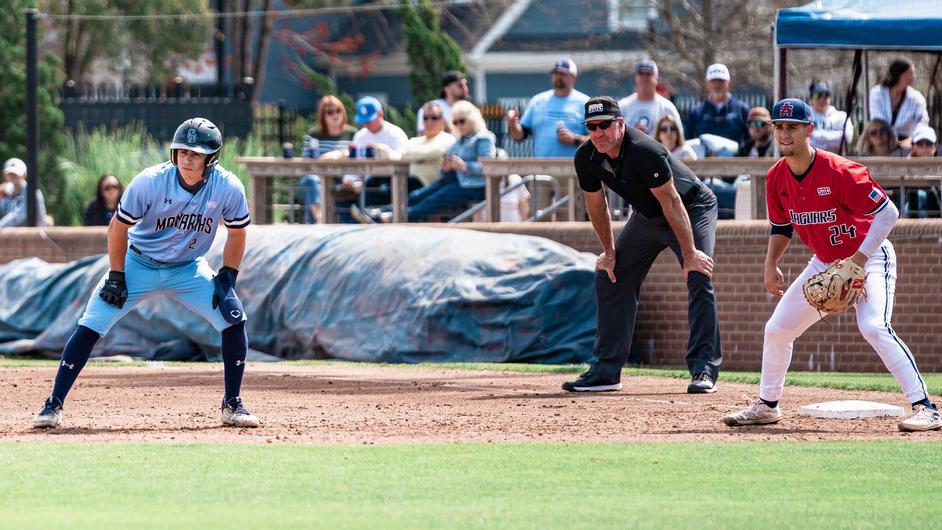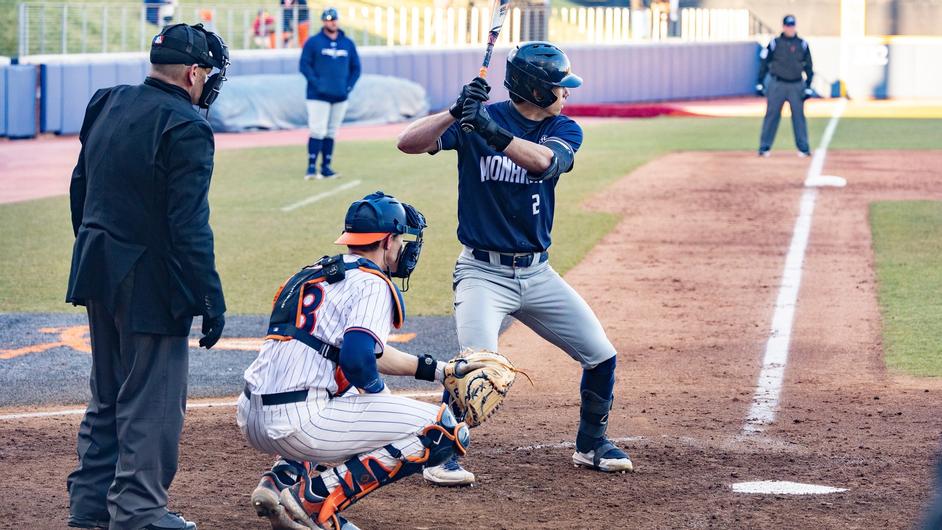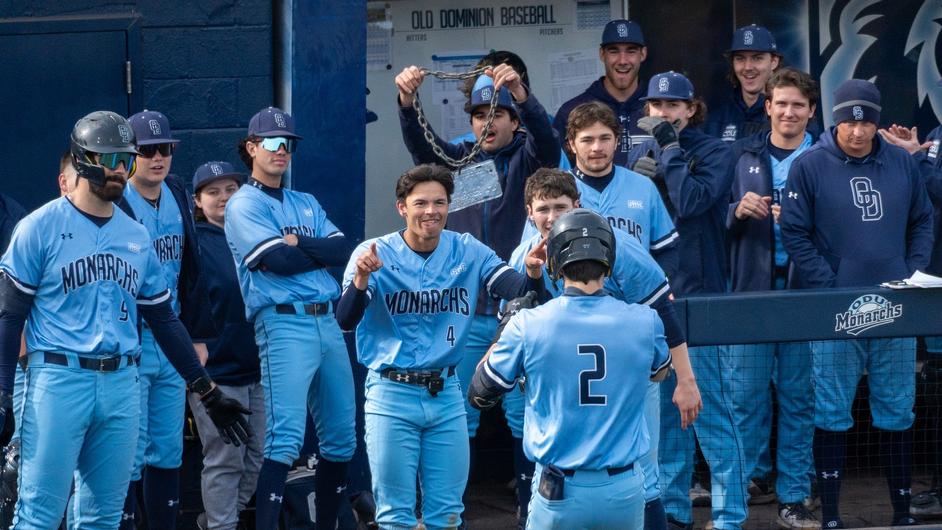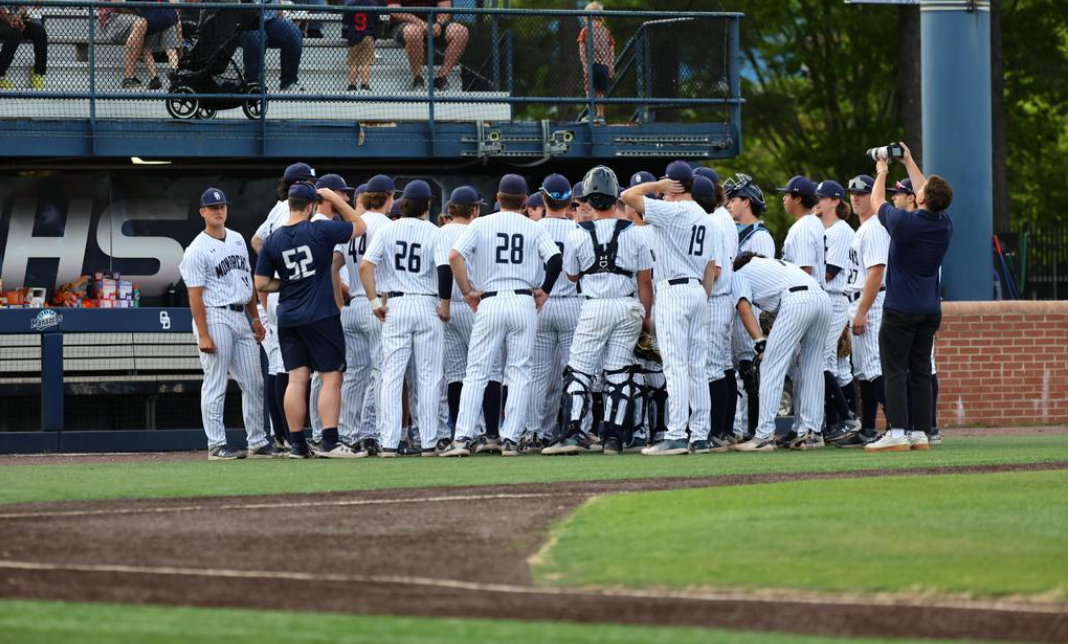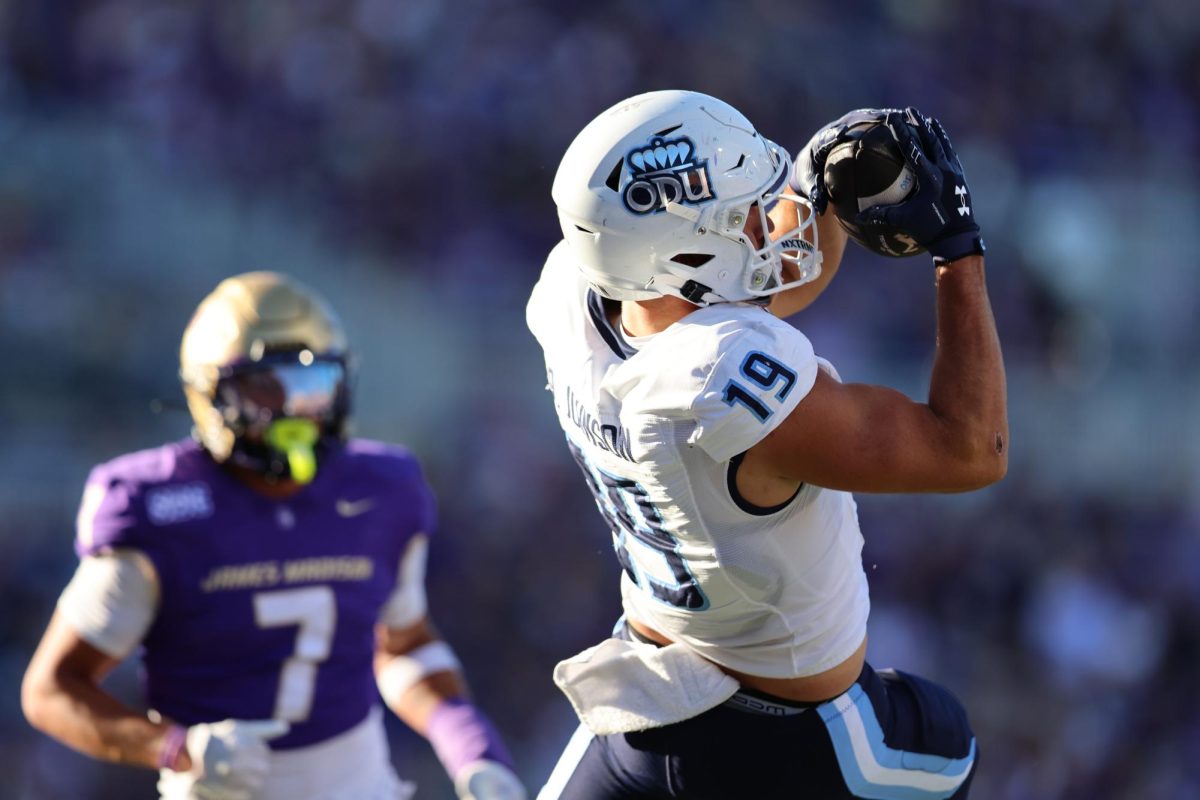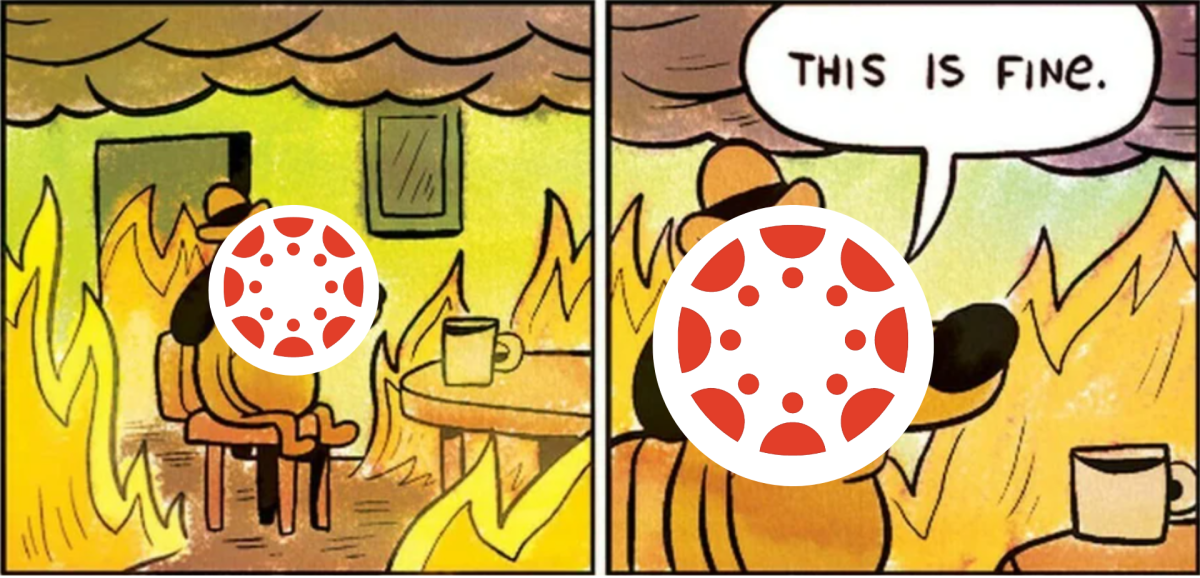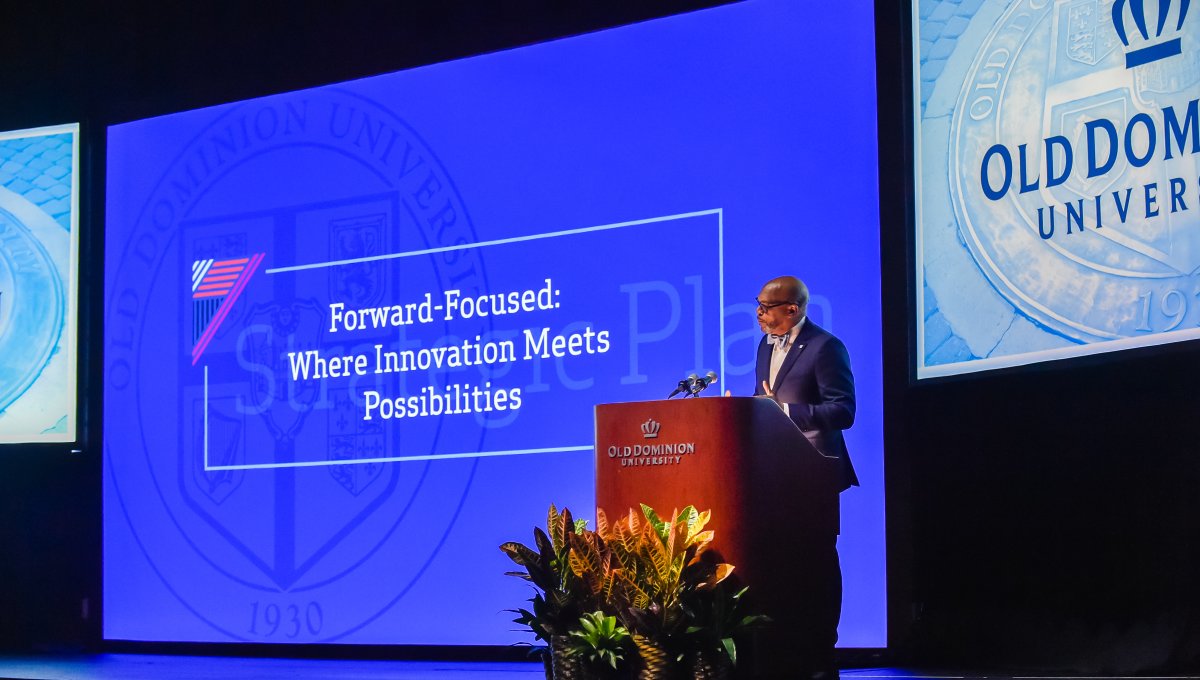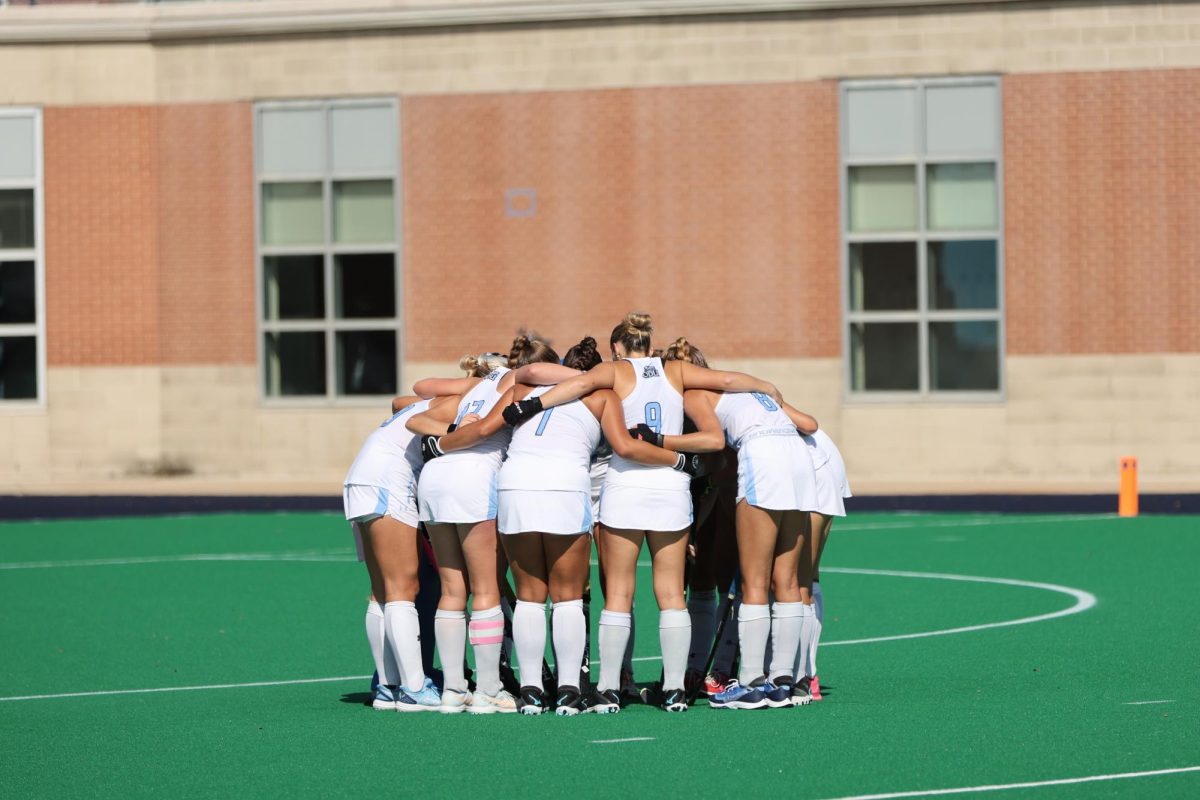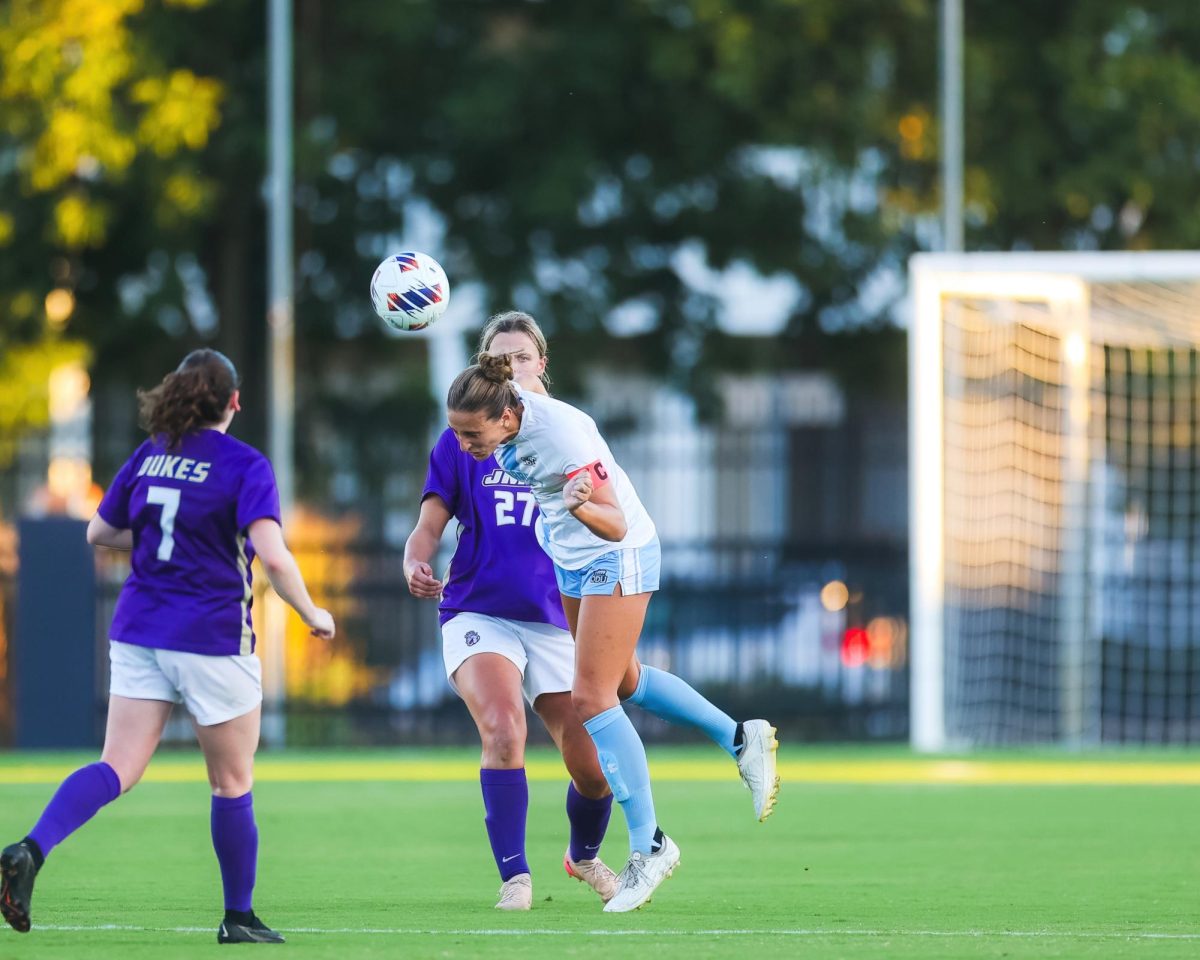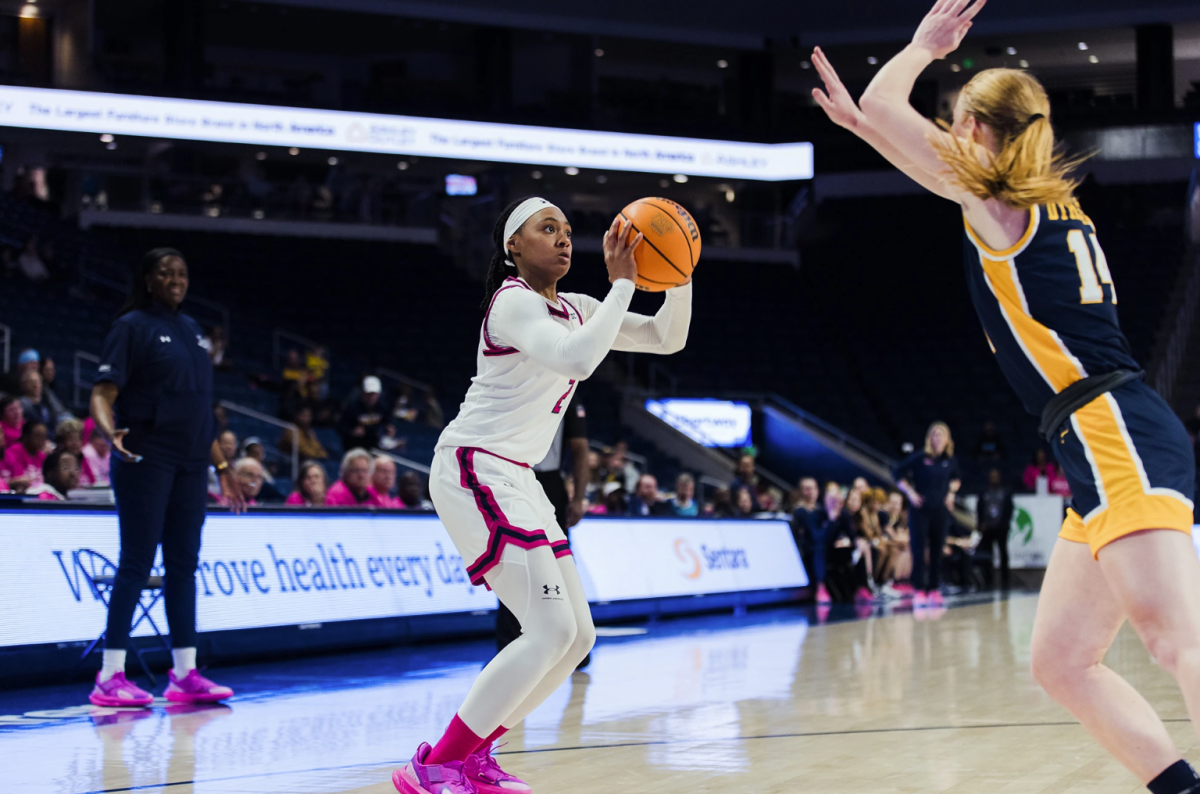In 2025, the Old Dominion University Monarchs baseball team is navigating the challenges of competing without a designated home field. The Bud Metheny Ballpark is currently undergoing a substantial $20 million renovation, with a scheduled reopening in February 2026. Consequently, the Monarchs have assumed the role of road warriors, traversing the eastern United States in a season characterized by mobility, adaptation, and resilience.
The decision to renovate this historic ballpark necessitated the Monarchs forgo playing any games at their home venue this year. Instead, they are facing one of the most demanding schedules in collegiate baseball, competing in 35 out of 51 regular-season games on the road and hosting the remaining contests at alternate venues such as War Memorial Stadium in Hampton and Harbor Park in Norfolk.
As of April 11, the Monarchs have an overall record of 10–20, including a 5–7 record in Sun Belt Conference play. Achieving these ten victories has been a challenging journey. From the beginning, Old Dominion faced a tough non-conference schedule featuring formidable opponents such as Mississippi State, Georgia Tech, Auburn, East Carolina, and Virginia Tech. Before they had the chance to play a single inning in front of their home crowd, the team traveled thousands of miles by bus and plane. By the end of the 2025 season, the total distance traveled by the team will exceed 10,000 miles.
The difficulties were immediate. The team commenced the season with 18 consecutive games on the road, traveling across various states, engaging in hotel check-ins and check-outs, practicing in unfamiliar environments, and competing against some of the nation’s most competitive programs. The absence of home comforts meant that no familiar walk-up songs were echoing in Bud Metheny’s corridors, no pregame rituals in their dedicated locker room, and no comforting routines.
Instead, meetings were conducted on buses, pregame warm-ups occurred in borrowed bullpens, and postgame meals were often sourced from nearby fast-food establishments or hotel offerings. For the Monarchs, each day was transformed into an exercise in flexibility and perseverance.
Amid these challenges, notable growth has been observed by all members of the team. The players have been compelled to rely upon one another to a greater extent than ever before. Coaches, meanwhile, have adopted roles as logistical coordinators as much as they have served as strategists. The team has developed into a cohesive unit, thriving not on geographical stability but on shared experiences.
March 21 marked a significant milestone for the Monarchs. After more than a month of away games, the Monarchs played their first “home” game—albeit in a different setting—at War Memorial Stadium against Georgia State. This moment, although not in their traditional ballpark, provided a sense of relief and familiarity, culminating in a victory.
Since that evening in Hampton, the Monarchs have alternated between their temporary home fields while maintaining travel commitments for conference play. This constant movement between various locales has necessitated a high degree of flexibility and endurance. Although their current record reflects a team in search of consistency, it also illustrates their refusal to succumb to pressure.
Within the context of conference play, Old Dominion has maintained a competitive presence. With a 5–7 record in the Sun Belt, the Monarchs have demonstrated their capability to compete within one of the most challenging mid-major conferences nationally. Their ability to stay competitive in the face of adversity highlights the character of the team.
While the 2025 Monarchs may not be on a direct path to a championship, they are undoubtedly crafting a significant legacy. They have exemplified resilience under less-than-ideal circumstances, learning to adapt to travel and convert temporary venues into competitive battlegrounds. Through this experience, they have discovered that home is not solely a physical location, but rather a state of mind.
This season will be remembered not for numerical outcomes but for the invaluable lessons learned throughout the journey—stories formulated during hotel hallways, early morning awakenings, and late-night returns from games. The tenacity displayed amidst fatigue and the relationships forged without the familiar backdrop of a dedicated ballpark are noteworthy.
Looking towards the future, the renovated Bud Metheny Ballpark symbolizes hope—a modern facility with enhanced seating, upgraded player amenities, and improved fan experiences. Nevertheless, it is the tribulations of 2025 that will fundamentally shape the team set to enter the new stadium in its next season.
Upon returning to campus in 2026, the Monarchs will not merely come home to a new facility; they will arrive as a team enriched by travel experiences, tested by adversity, and forged through an exceptional journey.
Until that time, they will continue to board buses, prepare for games, and take the field—regardless of its location.
In 2025, Old Dominion baseball is not simply participating in a season; they are embodying the spirit of endurance, unity, and unwavering competition. Ultimately, this narrative transcends any singular location; it is firmly rooted in the journey itself.



